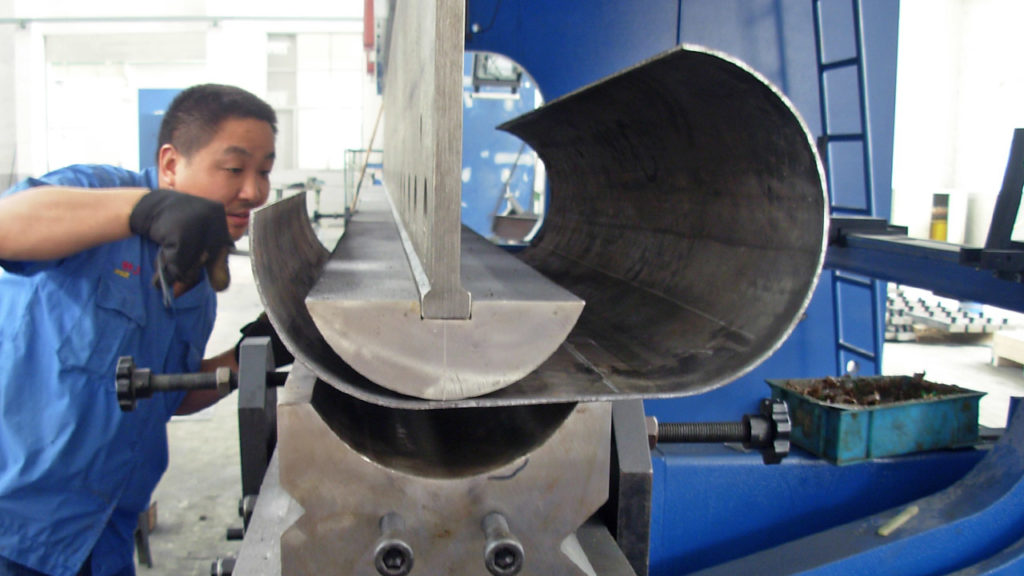What Are the Advantages and Disadvantages of UVC Disinfection?
UVC (Ultraviolet C) is an extremely effective technology in inactivating harmful microorganisms. UVC technology makes disinfection easy and inexpensive. However, there are some limitations in its use.

UVC (Ultraviolet C) is an extremely effective technology in inactivating harmful microorganisms. UVC technology makes disinfection easy and inexpensive. However, there are some limitations in its use.
UVC Disinfection Advantages
Disinfection times are very fast in UVC technology. A typical disinfection cycle takes about 15 minutes. In this way, different rooms and areas are disinfected with a fast cycle time.
Due to its simplicity, UVC disinfection is extremely easy to understand. All surfaces within a certain distance will reach the guaranteed level of disinfection within the specified time, unless shaded.
UVC systems are powered by normal wall sockets and the operating cost is very low. UVC systems require very little maintenance due to their simple structure. UVC lamps have thousands of hours life. This limits the need for consumable replacement and maintenance.
UVC Disinfection Disadvantages
UVC light works only on surfaces within the field of view. If there are objects that prevent light from reaching the surface directly, the surface will not be disinfected sufficiently.
Distance also affects the effectiveness of the UVC light. The strength of the UVC light decreases as it moves away from the light source. The power of the UVC light is inversely proportional to the square of the distance. That is, when it is 2 times away from UVC light, its power will drop to 1/4. The disinfection effect of UVC light is also limited by its strength.
UVC light does not penetrate organic materials well. For this reason, UVC should be applied after the room is cleaned as standard for best results.






